Strategic Plan
 2020 – 2026
2020 – 2026
July 2020
On behalf of the Board of Trustees, we are pleased to present The Colonial Williamsburg Foundation’s 2020–2026 Strategic Plan.
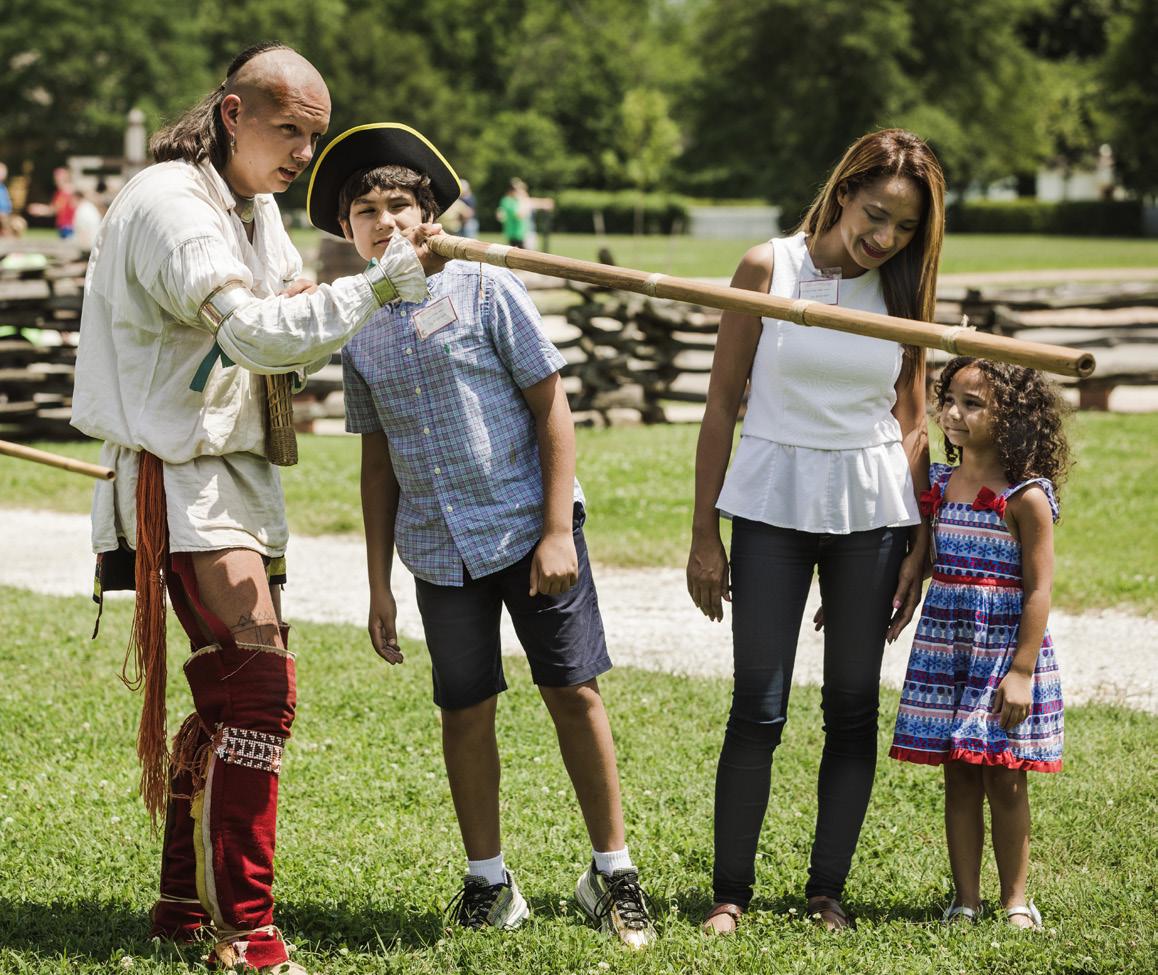
At a time when our nation is experiencing great social change, Colonial Williamsburg’s role in our national discourse only grows more important. This Strategic Plan reflects our commitment to expanding that role. Through education and civic engagement, we seek to bring the context of America’s formative history to bear in contemporary dialogue about race and gender, freedom and self-government, commerce and law. In these pages we outline our strategy to engage a wider, more diverse audience in an ongoing reexamination of our past and present, and in meaningful reflection on our future.
This is our pledge as we look to 2026, a year that will bring the rare opportunity to commemorate the birth and coming-of-age of both America and this Foundation. 2026 is America’s 250th year—the semiquincentennial anniversary of the Revolution and the idealism, perseverance, and sheer force of will it took all of our forefathers and mothers to forge a new nation. This seminal year will also mark the 100th anniversary of the founding of Colonial Williamsburg. As America’s largest living-history museum, this Foundation unceasingly investigates and shares our nation’s origin story with the world. We stand committed to unearthing and interpreting the many complexities of our nation’s story, reflecting a multitude of early American experiences that paved the way for the nation we are today.
This document represents a year of intensive work by Colonial Williamsburg’s trustees and senior leaders to chart the best course toward this important milestone year. In so doing, we have established research and contemporary relevancy, education and outreach, and stewardship and sustainability as core pillars of our strategy for the coming years. Colonial Williamsburg is a national treasure whose historical assets are vital to understanding the complete story of our nation’s founding. As stewards, we must lead the Foundation into the future through historic preservation, strategic financial investment, robust fundraising, and careful cost containment.
Our capacity not only to preserve Colonial Williamsburg but also to sustain its mission and expand its positive impact on our nation rests on the support of our friends—our passionate donors, the surrounding community, and like-minded institutional partners. We look forward to deepening these relationships and forging new ones to ensure the Foundation thrives in the decades to come. This Strategic Plan provides the road map, enabling Colonial Williamsburg to meet both the challenges and opportunities ahead.
Sincerely,
Thurston Moore Chairman Board of Trustees
Cliff Fleet President and CEO
The Colin G. and Nancy N. Campbell Distinguished Presidential Chair
3
MISSION
“That the Future may learn from the Past”
Colonial Williamsburg
INTRODUCTION
by Justice Anthony Kennedy
Colonial Williamsburg Trustee
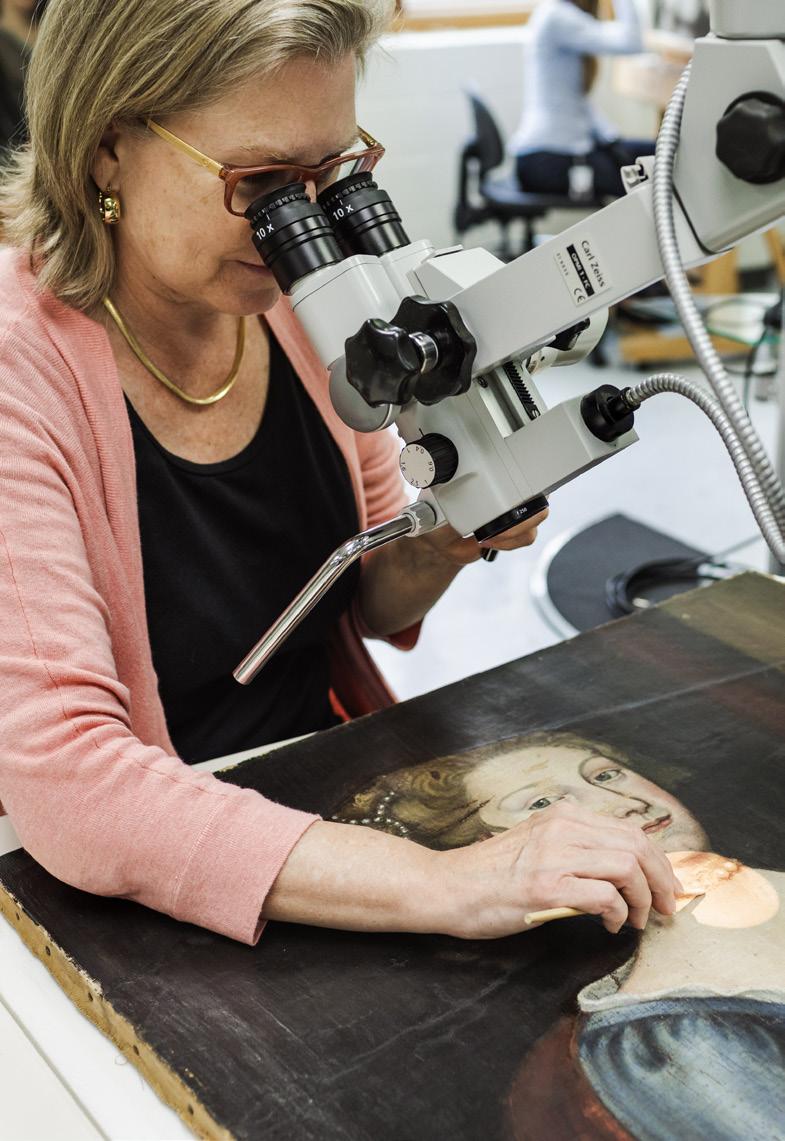
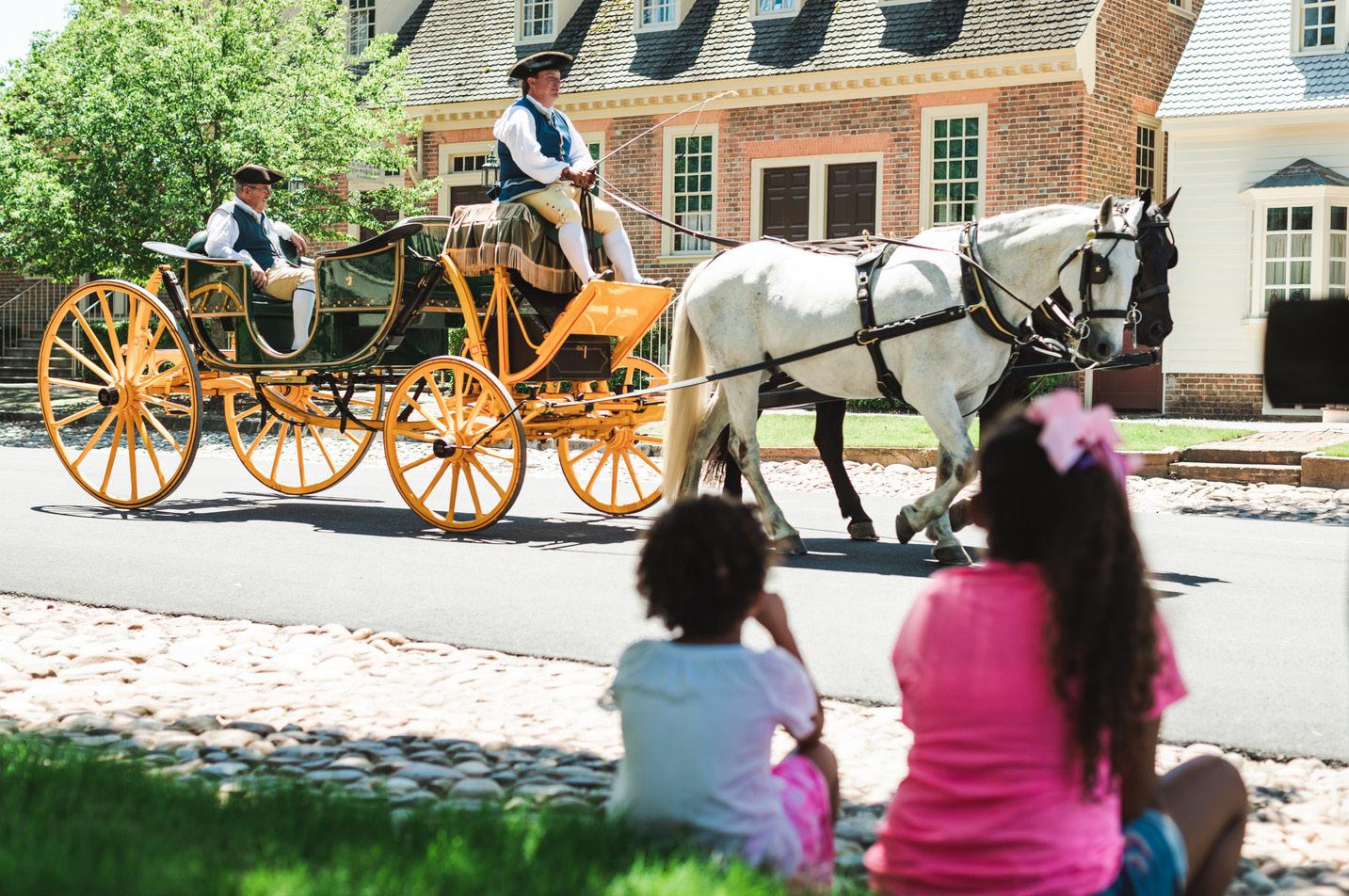
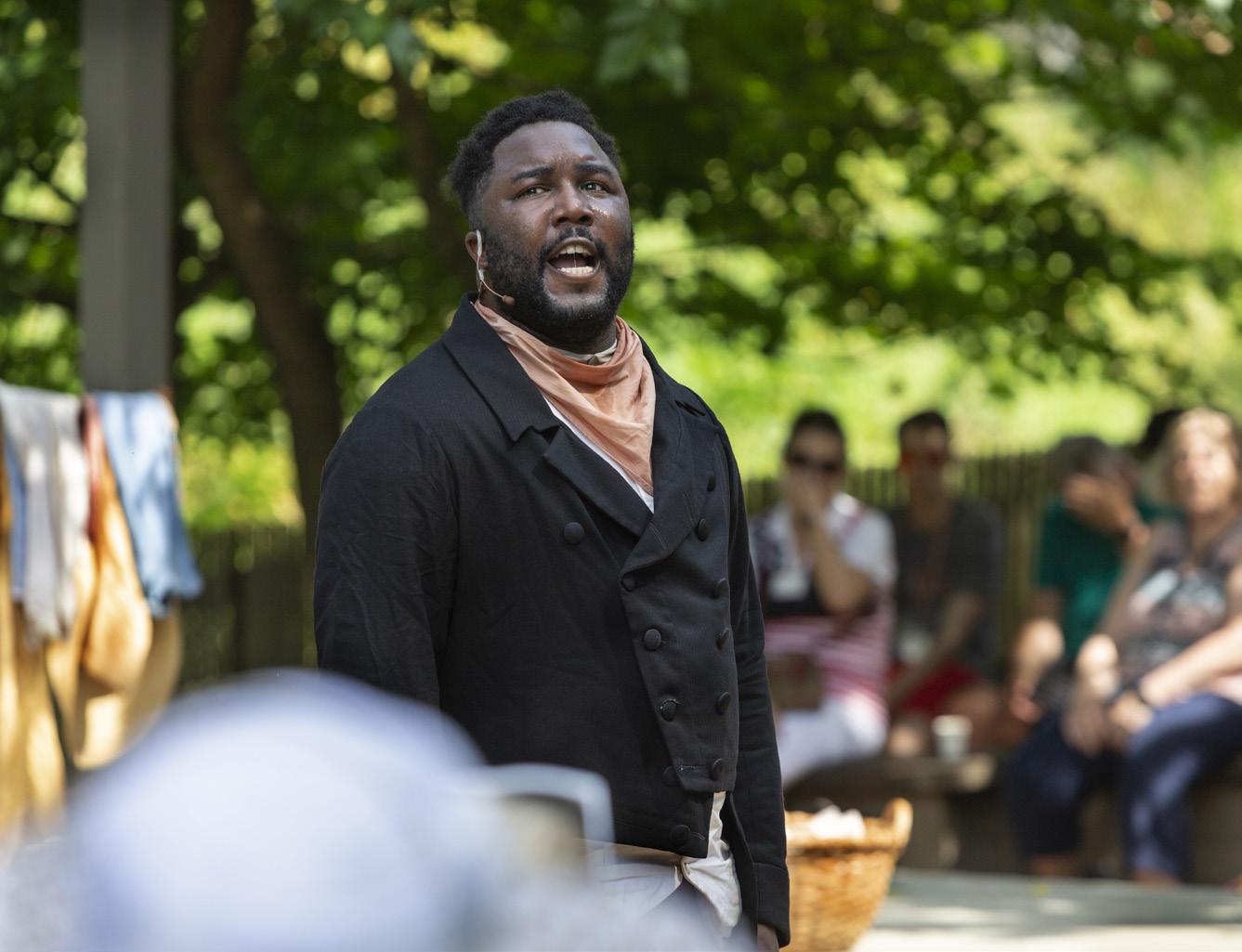
The struggle for freedom is never-ending. In America, that struggle began here. Williamsburg was a place where people worked to secure freedom through rational, principled, and exciting discussion, and eventually revolution. Many ideas and events that still shape our nation had their genesis here. Williamsburg was a place where imperfect people sought meaningful lives in uncertain times as the politics of the day swirled around them.
Today, we still strive to form a more perfect union, committed always to freedom. The people of the 1700s took great risks to create the structure that allows us to shape our own destiny as we continue our efforts to build a more just society.
Colonial Williamsburg is an incomparable setting for Americans and people from around the world to visit. They can immerse themselves in the work and thoughts of people at the time of the founding who, in the course of hard work in their ordinary lives, had to make monumental decisions. Visitors find that Colonial Williamsburg is a natural environment for discussion of the consequential issues of our own times, with the added perspective of the lives and thoughts of those who were here when our Republic began. Colonial Williamsburg provides a unique place, and a unique opportunity, to make America’s story relevant— indeed, invaluable—for all those who aspire to freedom. The heritage of freedom is not preserved automatically. The heritage of freedom must be taught. Colonial Williamsburg is an ideal setting in which to become more committed to the American heritage and to the timeless idea of freedom.
4 5
Colonial Williamsburg
TABLE OF CONTENTS
7 OBJECTIVE 1 Historic Interpretation and Education 9 OBJECTIVE 2 Financial Stewardship and Governance 10 OBJECTIVE 3 Donors/Philanthropy 13 OBJECTIVE 4 Art Museums 14 OBJECTIVE 5 Workplace Excellence
5 Introduction by Justice Anthony Kennedy
OBJECTIVE 1
Historic Interpretation and Education
SHOW THE VITAL CONNECTION BETWEEN THE WORLD AND THE MEN AND WOMEN IN WILLIAMSBURG IN THE 1700S WHO COMMITTED THEMSELVES AND THEIR LIVES TO THE IDEA OF FREEDOM.
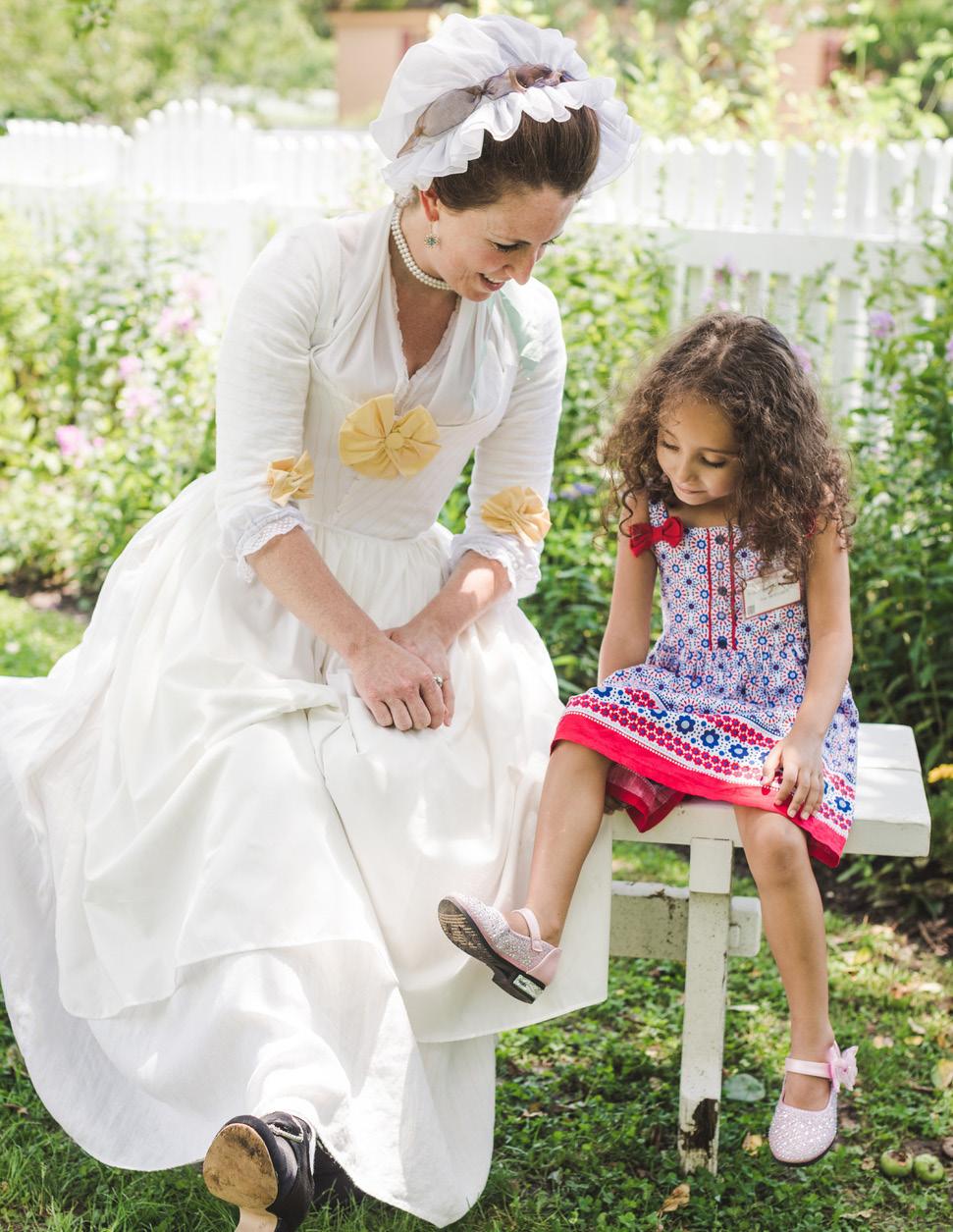
Colonial Williamsburg is a living-history museum where the stories of men and women who lived in this colonial capital during the turbulent 18th century come vividly to life. Their lives and experiences have much to teach us in our own time—about the origins and underlying principles of our system of self-government, and our social and cultural evolution as a nation. As stewards of this unique place, it is our responsibility to share the stories of these early Americans with as broad and diverse an audience as possible. In so doing, we ensure that Colonial Williamsburg remains a central part of America’s still-emerging story and spirit—the story and spirit of freedom.
GOAL 1: Increase visitation, attract new and diverse audiences, and provide experiential learning and engaging experiences that are fun and relevant to today’s America.
GOAL 2: Assume a leading role in convening and fostering discussions on topics including American democracy, the Declaration of Independence, the US Constitution, and civic engagement. Become known as the place for civil, rational social discourse.
GOAL 3: Expand our national platform to increase awareness of the importance of American history in education.
GOAL 4: Build a core competence in collaboration with others to achieve our objectives.
GOAL 5: Focus technology on enhancing the customer experience and providing support for the efficient operation of Colonial Williamsburg.
GOAL 6: Empower and equip all frontline staff to serve as the most valuable contact with our guests.
GOAL 7: Serve as a premier center for research on our early American experience, focusing on Williamsburg and set within the context of the larger Atlantic world.
7
GOAL 8: Expand and enhance our internationally recognized preservation and conservation capabilities to ensure the long-term survival of our cultural and historic assets, including more than 60 million archaeological artifacts; 112,000 manuscripts and rare books; 71,000 antiques, maps, and works of art; 19,000 architectural fragments; and 603 historic buildings.
GOAL 9: Make the name “Colonial Williamsburg” and its powerful message known throughout the nation and to a waiting world.
OBJECTIVE 2
Financial Stewardship and Governance
MAINTAIN PRUDENT STEWARDSHIP OF A NATIONAL TREASURE.
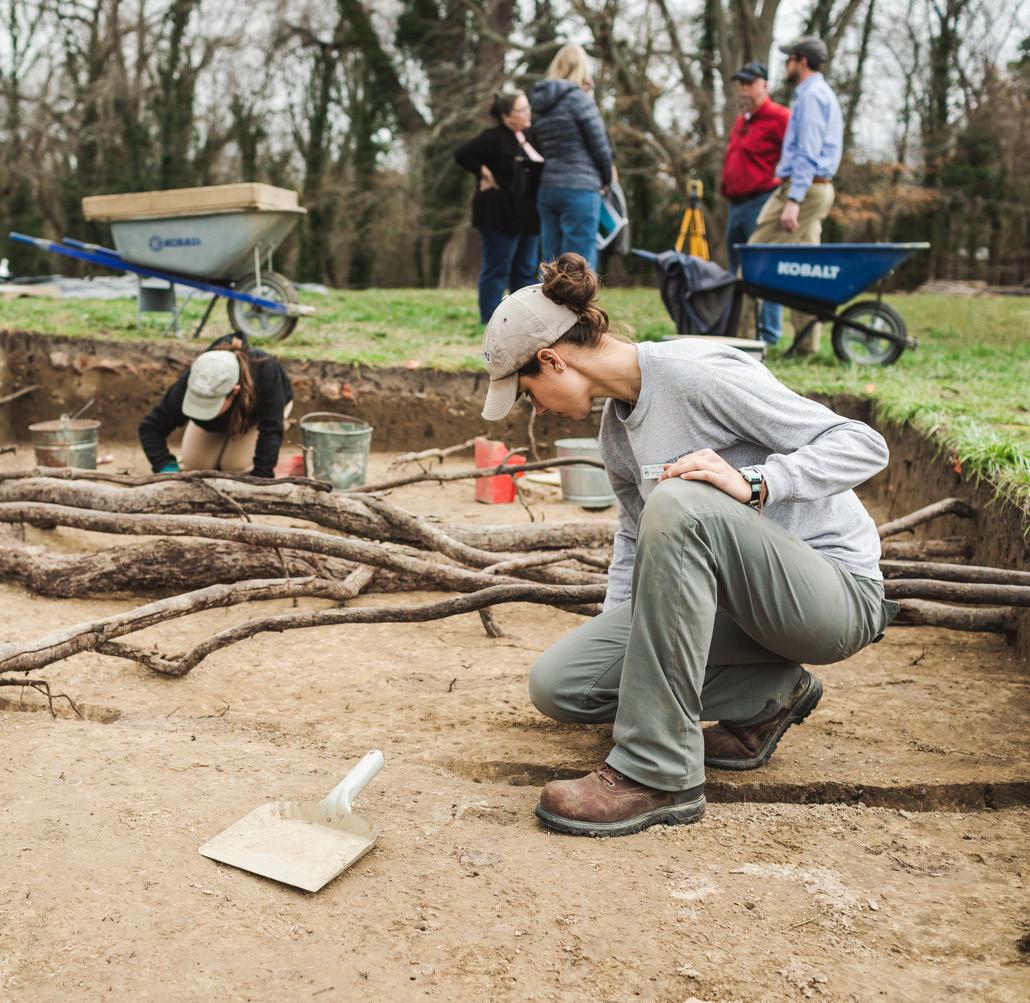
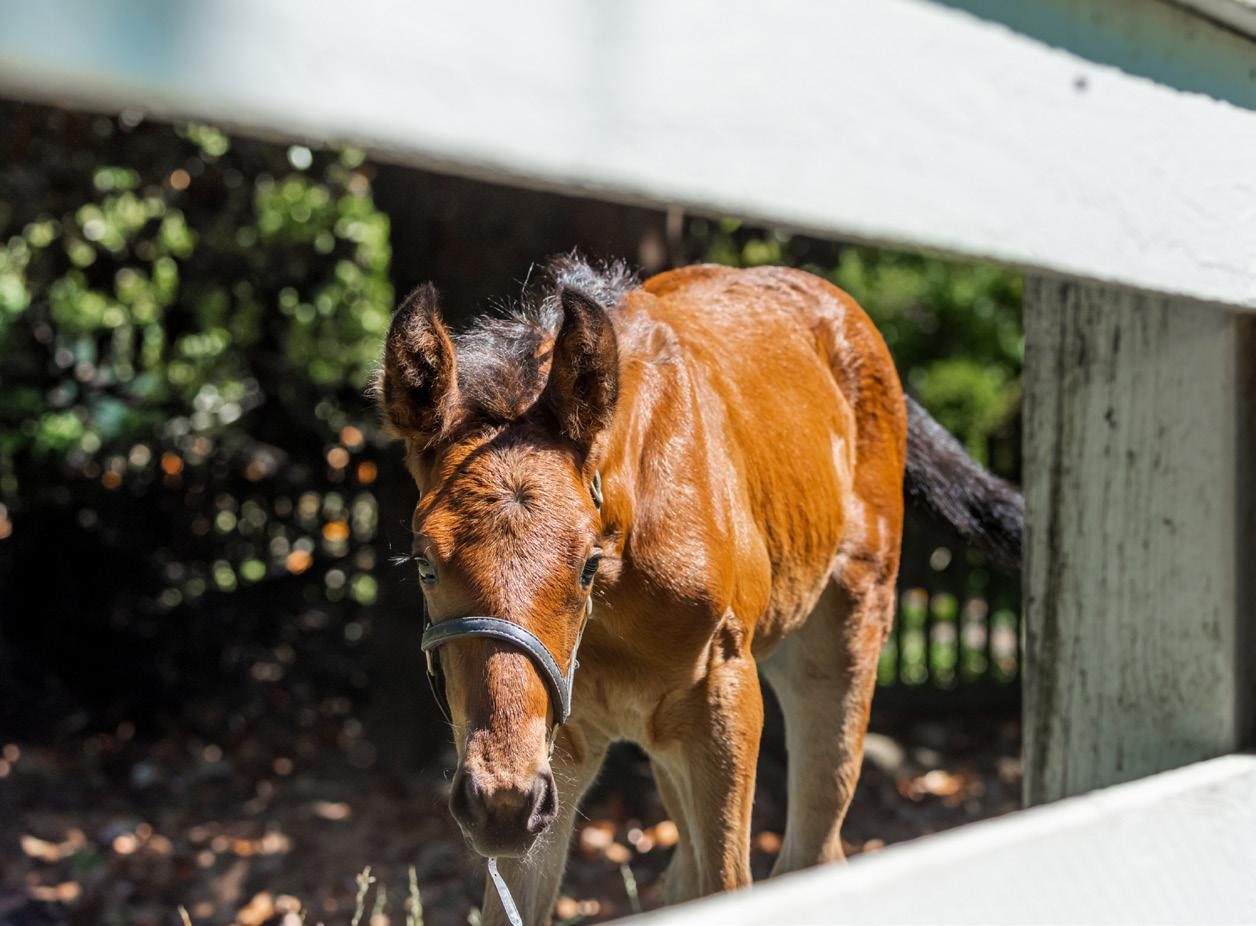
Colonial Williamsburg is a national treasure that preserves and presents the history of the origins of our nation and the beginning of the American experiment in democracy. It has a unique status as both a place and an idea. Colonial Williamsburg must actively engage others in acquiring, increasing, and sustaining the resources necessary to continue and strengthen the mission and special status of Colonial Williamsburg.
GOAL 1: Maintain long-term financial stability.
GOAL 2: Establish a process so that the annual budget is consistent with this Strategic Plan. If the budget is different, either recommend changes to this Strategic Plan or modify the annual budget.
GOAL 3: Continue to exercise best-in-class governance and fiduciary oversight of Colonial Williamsburg by the Board of Trustees.
8 9
Wayne Reynolds
OBJECTIVE 3
Donors/Philanthropy
PROVIDE FINANCIAL RESOURCES FROM PHILANTHROPY TO ENABLE THE TELLING OF AMERICA’S STORY THROUGH THE LIVING HISTORY OF COLONIAL WILLIAMSBURG. THROUGH A MISSION-DRIVEN PROCESS, PROVIDE DONORS WITH OPPORTUNITIES TO EXPRESS THEIR CHARITABLE GIVING IN WAYS THAT SUPPORT STRATEGIC PLAN PRIORITIES.
Philanthropic support for Colonial Williamsburg is led and managed by the Office of Development with the involvement and collaboration of multiple resources within the Foundation and through a network of volunteers.
Donors are essential to Colonial Williamsburg’s ability to fulfill its mission. Whether participating directly in giving to the Colonial Williamsburg Fund, creating an endowment fund, giving expendable funds to programmatic initiatives, making possible the construction of new facilities, renewing venerable spaces, or contributing to collections, robust philanthropy secures the ongoing excellence of Colonial Williamsburg. Philanthropic support for Colonial Williamsburg comes from three main sources: individuals, corporations, and foundations. By far the largest percentage of giving comes from individuals. These sources provide support for multiple purposes but focus primarily on four:
1. Operating budget/unrestricted support
2. Endowment—directed and unrestricted
3. Programmatic initiatives
4. Facilities and infrastructure
GOAL 1: Build on the momentum from our recent successful campaign to continuously increase the level of philanthropic support.
GOAL 2: Institute and plan The Centennial Campaign. Operate a world-class development program. Support the fundraising agenda for Colonial Williamsburg based on financial and mission-driven opportunities identified in the Strategic Plan.
GOAL 3: Cultivate ethical, transparent, and enriching relationships between donors and The Colonial Williamsburg Foundation and facilitate stewardship with mission-driven engagement.

GOAL 4: Educate and involve all teams and parts of the Foundation in philanthropic activity consistent with capacity and ability of those colleagues.
GOAL 5: Support Development with appropriate resources to ensure that the goals and
objectives can be met. Resources are financial, Foundation and board leadership, volunteer organizations, donor societies, and Foundation communications.
GOAL 6: Provide multiple vehicles to identify new donors and retain donors through continued involvement with Colonial Williamsburg.
GOAL 7: Ensure thorough and state-of-the-art analytics, research, and technology support for all units of the Development office.
10 11
OBJECTIVE 4
Art Museums
ENSURE THE ART MUSEUMS REMAIN THE PREMIER DECORATIVE AND FOLK ART INSTITUTIONS IN THE COUNTRY WITH AN ACTIVE, ENGAGED, AND GROWING AUDIENCE.
The recent expansion of the Abby Aldrich Rockefeller Folk Art Museum and the DeWitt Wallace Decorative Arts Museum—collectively known as the Art Museums of Colonial Williamsburg—has produced a world-class facility. The Art Museums are integral to the Colonial Williamsburg experience, yet they can also stand as an independent destination for currently untapped audiences. Supporting the Art Museums to reach their greatest potential provides additional opportunities for Colonial Williamsburg to thrive.
GOAL 1: Develop a local and regional marketing strategy for the Art Museums that integrates their role as part of Colonial Williamsburg as well as their additional value as a stand-alone destination.
GOAL 2: Enhance communications with on-site Colonial Williamsburg visitors to make them aware of the Art Museums.

GOAL 3: Continue to provide an array of engaging, dynamic, and relevant exhibitions and programs that appeal to diverse audiences.
GOAL 4: Launch an Art Museums membership program.
GOAL 5: Provide guest amenities that attract more visitors to the facility and generate positive revenue streams.
GOAL 6: Continue to strengthen the Art Museums Board and adopt regular procedures for relying on its expertise, creativity, and generosity.
GOAL 7: Design and build a new archaeology center to enhance and support our worldclass archaeology activities.
13
OBJECTIVE 5
Workplace Excellence
FOSTER AN EXEMPLARY WORKPLACE AND CULTURE THAT ATTRACT, DEVELOP, AND RETAIN AN OUTSTANDING AND DIVERSE WORKFORCE.
Our employees and volunteers desire a culture where they feel valued, appreciated and respected, safe and secure. Moreover, they expect members of the leadership team to provide clear direction grounded in achievable objectives with explicit and measurable outcomes. If Colonial Williamsburg is to achieve its objective to be relevant to all Americans, the organization will need constant input and involvement of Americans from every walk of life. Colonial Williamsburg must be a great workplace that:
1. Invests in employee skills, knowledge, and leadership competencies;
2. Maintains the trust of its employees through open and transparent communications;
3. Fosters a strong community where each employee understands his or her connection and contribution to Colonial Williamsburg’s mission;
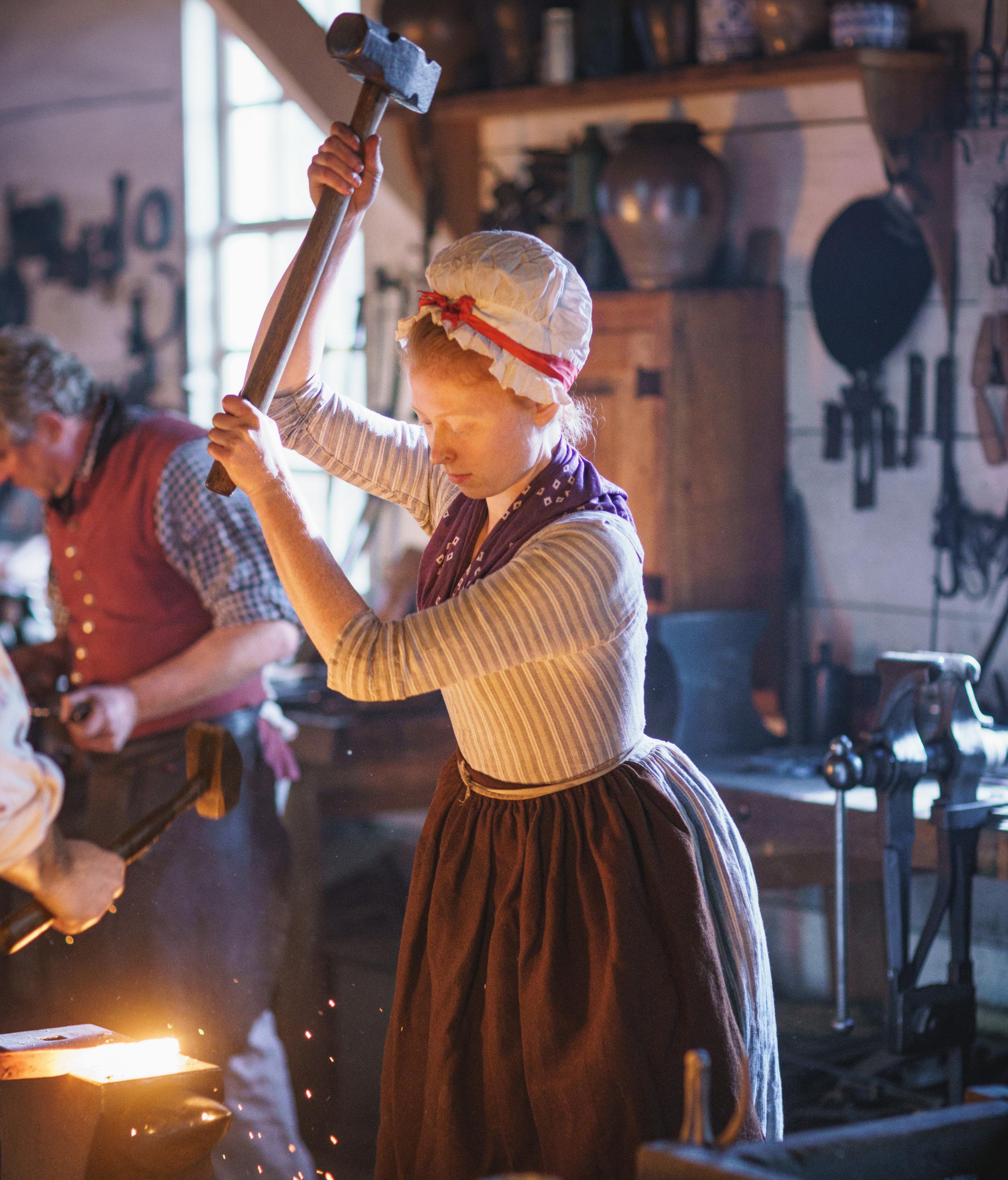
4. Fosters a culture of Inclusion, Diversity, Equity, and Accountability (IDEA);
5. Recruits and hires a diverse workforce that reflects American society;
6. Ensures the safety and security of all Colonial Williamsburg employees and guests.
GOAL 1: Develop a strategy for finding and hiring diverse top talent capable of providing both immediate and long-term value to the organization.
GOAL 2: Create and implement a robust organizational learning environment that piques interests, grows knowledge, and empowers employees to reach their full potential.
GOAL 3: Drive organizational accountability, agility, and growth using data to influence and inform strategic decision-making, workforce planning, and employee engagement.
GOAL 4: Develop a Total Rewards strategy that is fiscally sustainable and provides meaningful value to the employee.
GOAL 5: Develop and implement a plan with meaningful and measurable outcomes to create and sustain an inclusive, diverse, equitable, and accountable culture.
GOAL 6: Continue the highly successful legacy volunteer program, which currently includes over 900 volunteers, to ensure a more strategic level of volunteer operations by incorporating technology, outreach, and education.
14 15
 2020 – 2026
2020 – 2026










